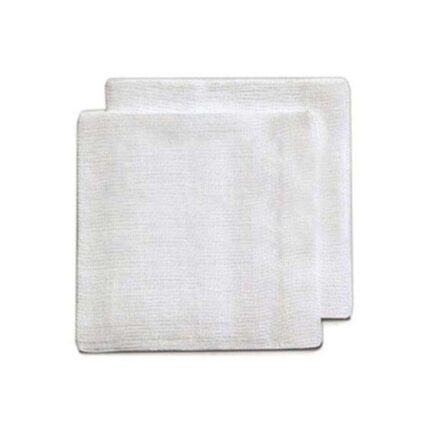Uses of Bandana Fix:
1. **fixation of dressings**: bandana Fix is placed over the dressings as an elastic band and keeps them firmly in place without restricting movement.
2. **Care of sensitive wounds**: Due to its softness and elasticity, bandana Fix is very suitable for use in sensitive areas of the body or large wounds that need protection.
3. **Use in surgeries**: During or after surgery, bandana is used to hold medical equipment such as catheters and tubes in place.
4. **Care for children and the elderly**: This product is ideal for young and old patients who have more sensitive skin due to its comfort and non-sensitivity.
Features of bandana Fix:
1. **High elasticity**: bandana Fix is made of elastic material that has the ability to stretch and return to its original state, so it can be used well on different parts of the body.
2. Breathability: This band is designed to allow air exchange, which helps prevent perspiration and infection.












Reviews
There are no reviews yet.